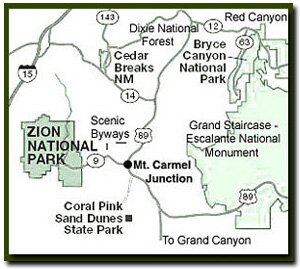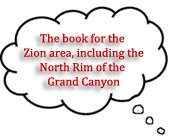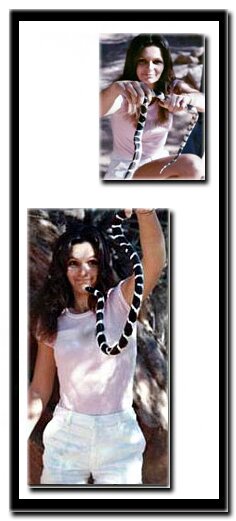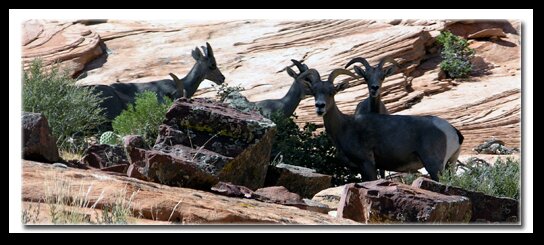 |
||||
|
Grand Canyon North Rim Toroweap Vacation Hike Backpack Rim2Rim Hwy-67 Photos Weather |
||||
Grand Canyon Fauna - AnimalsThe Grand Canyon is a vast place and as a result hosts a large variety of animals within her boundaries, including several species that are native.
Kaibab Squirrel - The Kaibab squirrel is a subspecies of the Abert's squirrel, which is found on the South Rim of the Grand Canyon. The Kaibab squirrel prefers high elevation and ponderosa pine forests and is unique to the North Rim of the Grand Canyon and as such, this subspecies is not found anywhere else in the world. The mammal makes its home out of twigs and pine needles, and they eat fungi, fruit and acorns, seeds, bark and the twigs of trees. The ponderosa pine trees are home to these little creatures, and the animal enjoys the seed of the pine cones.
Reptiles - Reptiles are common in the desert. The environment supports interesting reptiles such as the Directions to the Grand Canyon North Rim - From Zion National Park, travel SR-9 to Mt. Carmel Jct., then turn south on US-89 to Kanab. There is only one stop light in Kanab; this is where US-89 changes to SR-89A. Fredonia, Arizona is just a few miles away, across the Utah - Arizona border. Take SR-89A to Jacob lake (36 miles), then take SR-67 to the Grand Canyon North Rim park entrance. North Rim Grand Canyon Location - The North Rim of the Grand Canyon is 85 miles from Mount Carmel Junction, which is located on the east side of Zion National Park. Many who visit the National Parks of Southern Utah add the North Rim of the Grand Canyon to their travel plans and those visiting the North Rim of the Grand Canyon often visit Zion National Park.
Grand Canyon North Rim, ArizonaHistory of the Thunderbird |
East Zion Lodge Mileage from Stay in the heart of the parks, Mount Carmel Junction, and visit the treasures of the Southwest and Utah. Site Map Grand Canyon North Rim Grand Canyon Information Ranger Programs North Rim Trails |
||||||||||||
|
This is my new favorite quote:
"I don't know who Mary Cisneros is, but I mean zionnational-park.com It's a better site than the NPS's anyway." Written by the authors of the book: Favorite Hikes in and around Zion National Park Contact Mary to report errors: |
|||||||||||||
|
Zion History |
|---|
All rights reserved © Copyright Zion National-Park dot com
Do not use text, photos or maps without permission © Zion National-Park dot com
Contact the Author Mary Cisneros

 The California Condor - The Grand Canyon is a safe haven for endangered species, such as the California Condor, to live and attempt to save themselves from extinction. The California Condor, a magnificent bird, with a wing span of almost ten feet, is living in the Grand Canyon. Even with the effort of the last years to revive this species there are few birds living. The California Condor has been listed as an endangered species since 1967. Reintroduction of the birds in Arizona began in 1996. Condor #305 was the first wild hatched condor in Arizona in the last century. In 2005, nearly 250 condors were living both in the wild and in captivity. 45 of the birds were in Arizona, including three new chicks, but only one of the chicks were at the Grand Canyon.
The California Condor - The Grand Canyon is a safe haven for endangered species, such as the California Condor, to live and attempt to save themselves from extinction. The California Condor, a magnificent bird, with a wing span of almost ten feet, is living in the Grand Canyon. Even with the effort of the last years to revive this species there are few birds living. The California Condor has been listed as an endangered species since 1967. Reintroduction of the birds in Arizona began in 1996. Condor #305 was the first wild hatched condor in Arizona in the last century. In 2005, nearly 250 condors were living both in the wild and in captivity. 45 of the birds were in Arizona, including three new chicks, but only one of the chicks were at the Grand Canyon.





